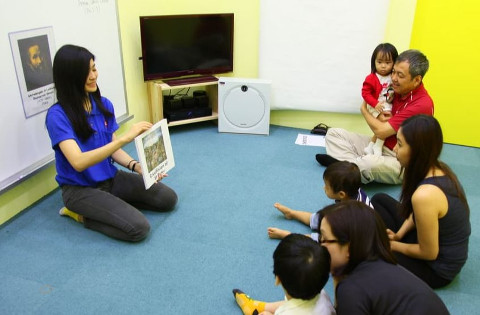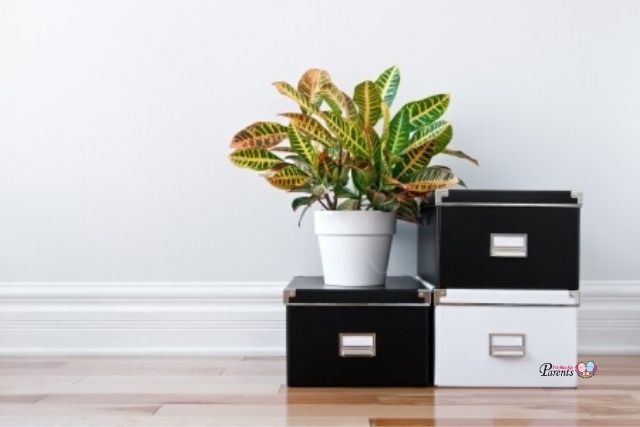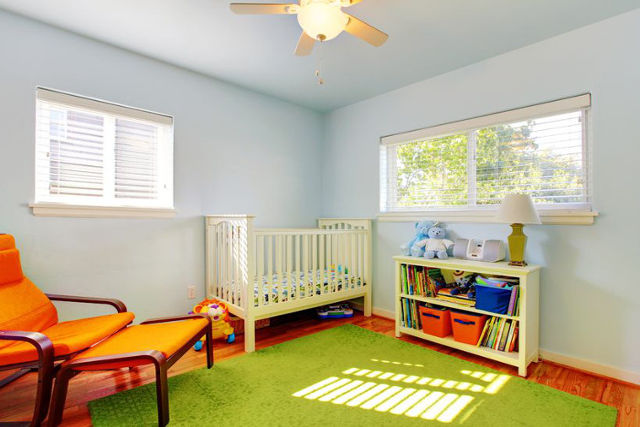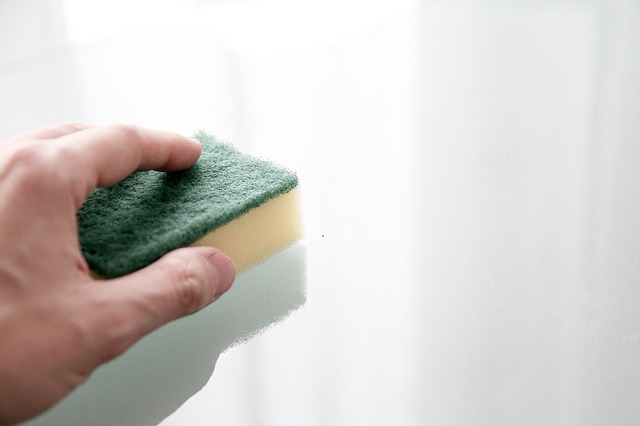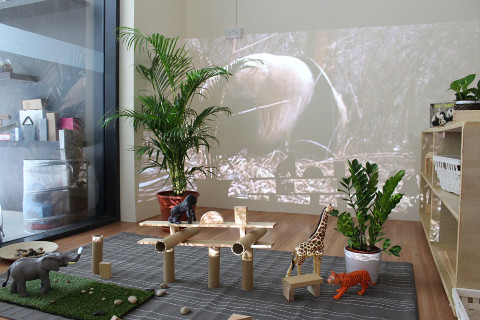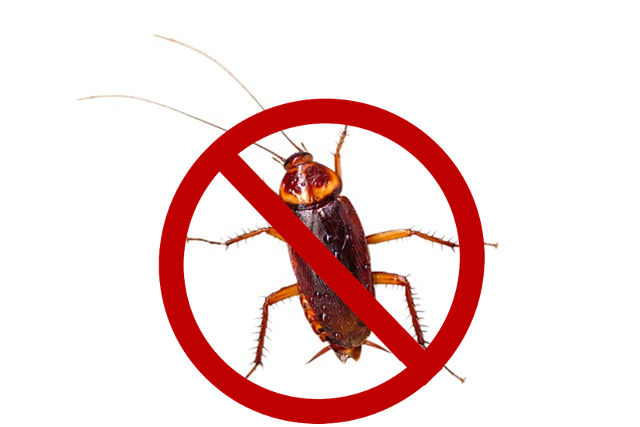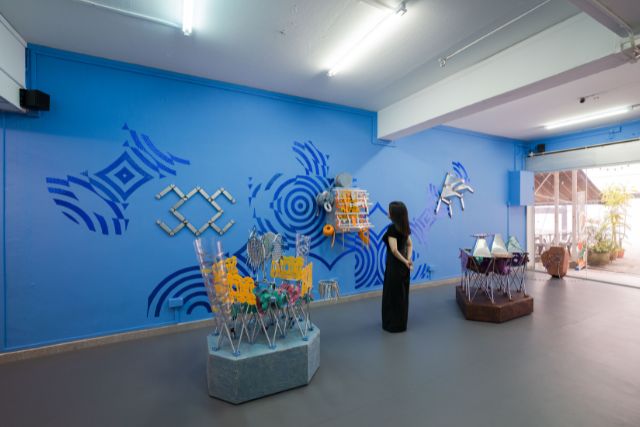People across the world are looking for new ways to take greater control of their personal health and well-being, and the quality of the air we breathe has an essential part in that. We can’t see it, but healthy air is vital for our bodies.
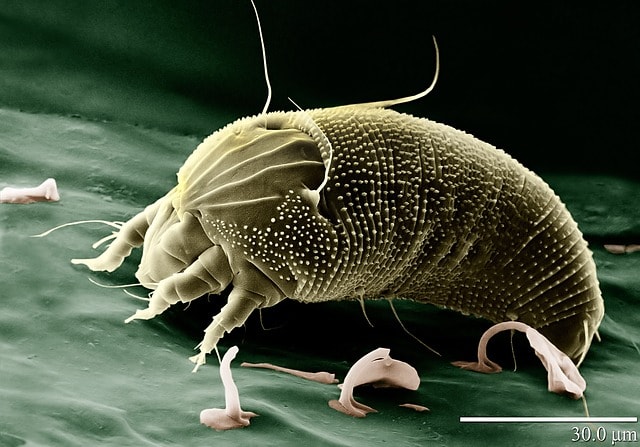
Most often, controlling air quality is focused on outdoor air as opposed to indoor environments such as the home. In fact, both need addressing. We spend a large proportion of our day indoors and this increases the exposure to allergens within the home, which translates to a dominant cause of respiratory allergic diseases.
Close to 15% of Singapore’s adult population is affected by asthma and nearly 40% troubled by allergic rhinitis1. The house dust mite has also been found to be a primary cause of respiratory allergies in Singapore, and limiting the number of such allergens in the home could be a step to reducing the occurrence of allergic reactions.
What you need to know about allergies
It’s on the rise
- 20% of the world population suffers from an allergic disease such as allergic asthma and allergic rhinitis2
- 300 million patients have asthma, and this is expected to increase to 400 million by 20253
- In more than 50% of adults and 80% of children, their asthma is allergic4
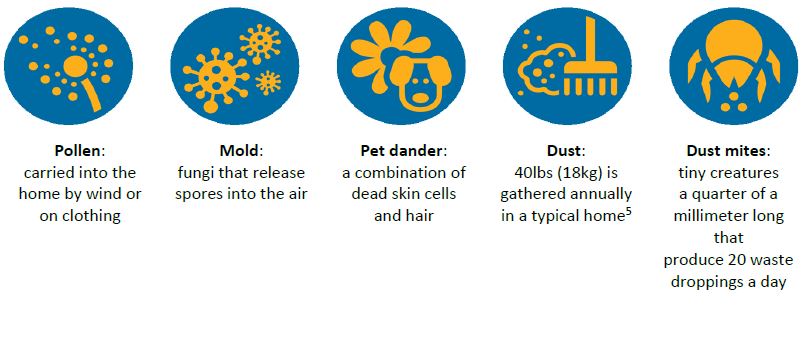
It’s common
Common indoor allergens include:
- Pollen: carried into the home by wind or on clothing
- Mold: fungi that release spores into the air
- Pet dander: a combination of dead skin cells and hair
- Dust: 40lbs (18kg) is gathered annually in a typical home5
- Dust mites: tiny creatures a quarter of a millimeter long that produce 20 waste droppings a day
How allergen-free is your home? Symptoms of allergies include:
- Itchy, stuffy nose and sneezing
- Watery eyes
- Scratchy, swollen throat
- Coughing and wheezing
- Tightness in the chest
- Hives
- Severe reactions can cause rashes, low blood pressure, breathing trouble and asthma attacks
Tips to reduce indoor allergens
- Use an air purifier to reduce allergens and control their levels. Philips air purifiers feature VitaShield IPS, which is proven to be effective against fine particles and contaminants. You can get Philips air purifiers on Shopee.
- Dust your home regularly to prevent build-up.
- Wash bedding and vacuum carpets and furniture weekly.
- Cut clutter so allergens, like dust, have fewer places to hide.
- Use a dehumidifier to take excess dampness out of the air and reduce signs of mold.
Article contributed by Philips.
1 ‘Allergic airway diseases in a tropical urban environment are driven by dominant mono-specific sensitization against house dust mites’, Allergy, 24 January, 2014 issue.
2 apps.who.int
3 waojournal.biomedcentral.com
4 apps.who.int
5 National Air Duct Cleaners Association, 2014
* * * * *
Like what you see here? Get parenting tips and stories straight to your inbox! Join our mailing list here.
Want to be heard 👂 and seen 👀 by over 100,000 parents in Singapore? We can help! Leave your contact here and we’ll be in touch.






































